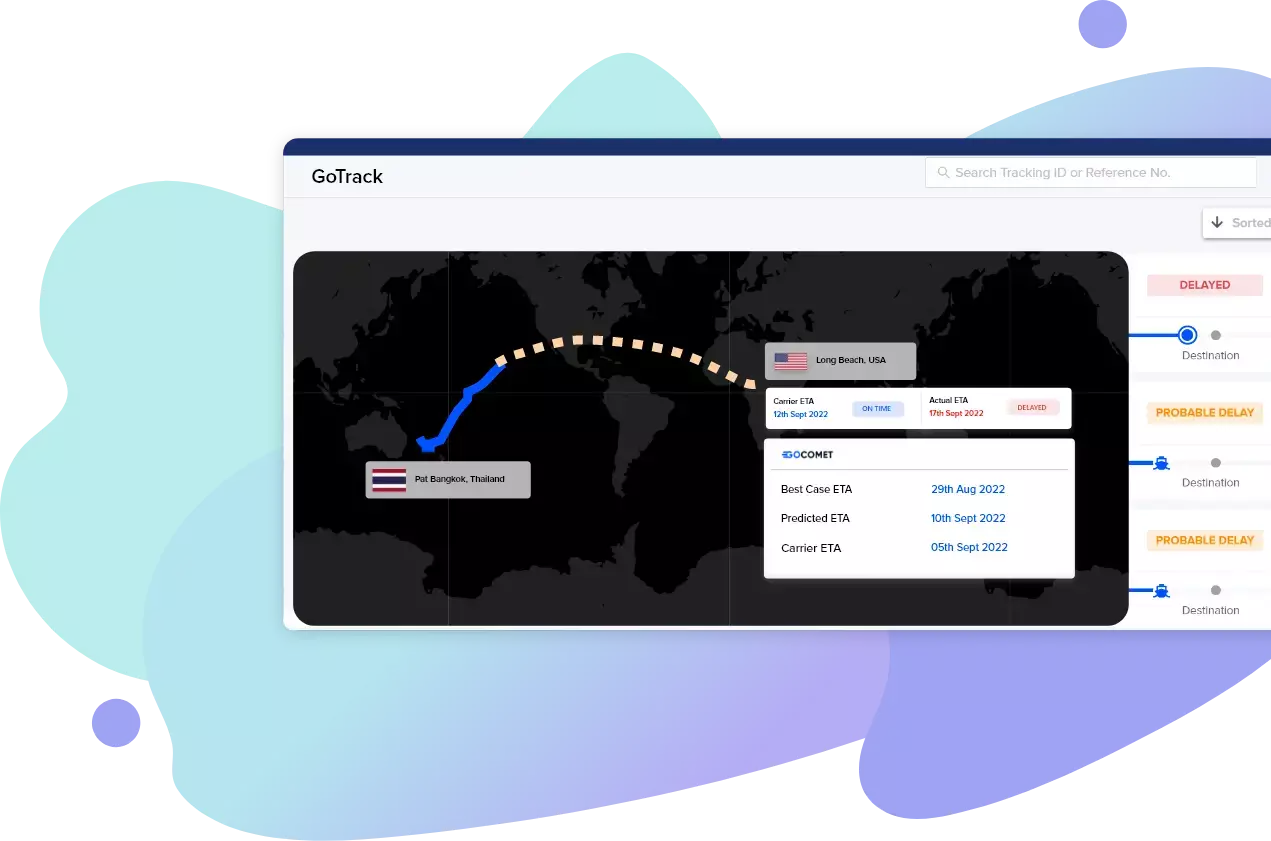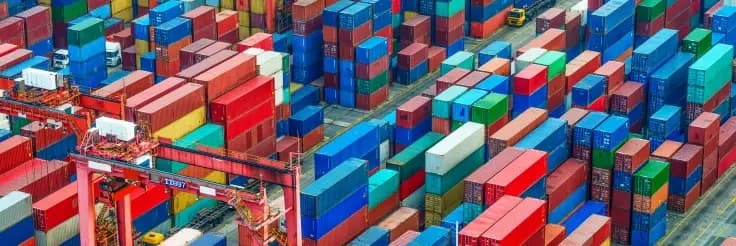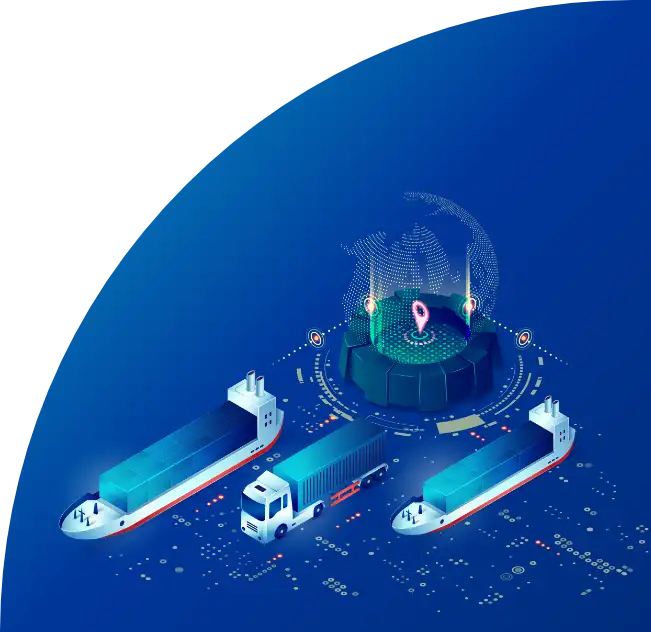Current Port Congestion in Denmark
Stay informed about how port congestion is impacting vessel movement, container handling, and overall logistics performance across Danish ports. Use GoComet’s port congestion tool to monitor real-time updates on berthing delays and terminal capacity, and plan smarter to minimize disruptions in your import and export shipments through Denmark.
Need access to our entire database?
Ports List
















































































Port Delay by Country
About Denmark Ports and Congestion
Need weekly report on port congestion for your desired ports?
Feature Insights
Sailing Schedule
63%
shipments do not arrive on-time at Denmark region
Carrier Spotlight
MSC
has the highest shipments arriving on-time for Denmark region
GoComet launched revolution!
Stay up to date with live weekly
congestion status of your ports


Navigating port congestion to mitigate 51% of the delivery delays: Case study
In today's globalized world, efficient supply chain management is crucial for businesses to thrive. However, disruptions such as port congestion can significantly impact delivery schedules, leading to frustrated customers and compromised production c...
# blog

Region-Specific Port Congestion Analysis – Quarterly Report
Global port congestion in Q1 2023 has improved significantly from its peak in Q4 2021, but it is still far from normal. The main factors that have contributed to the improvement are the easing of COVID-19 restrictions, the return of some ships to ser...
# blog







Frequently asked questions
What types of cargo contribute to congestion in Aarhus port?
Bulk goods like grain and fertilizer drive peak berth demand, creating temporary congestion at Aarhus.Why do vessels experience anchorage delays at Aalborg?
Berth congestion during vessel surges can force ships to wait at anchorage before docking.Are Danish ports expanding capacity to reduce congestion?
Some ports are expanding container yards and piloting digital arrival scheduling systems.What is the impact on road freight near Danish ports?
Congestion occasionally increases dwell time for hauliers, particularly during multi-ship discharges.Are offshore energy projects affecting Danish port space?
Yes, offshore wind cargoes have occupied yard space at smaller terminals, adding to congestion.
